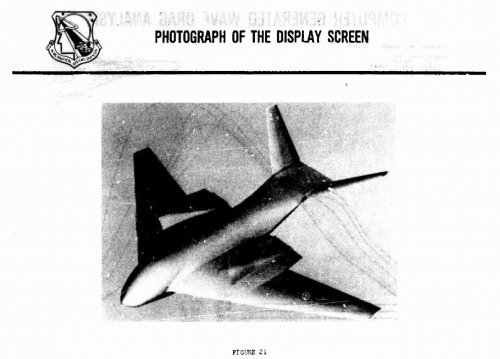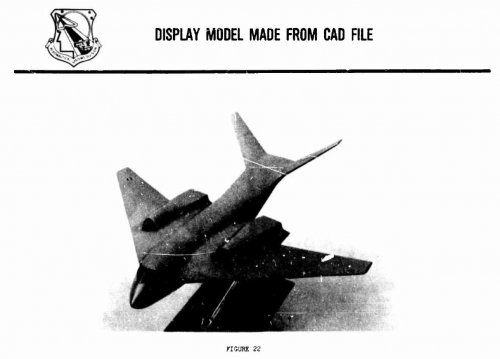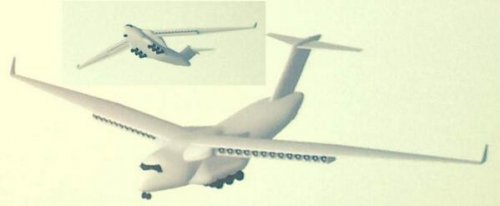By the 2020s, U.S. special-forces troops will need a stealthy new airlifter to sneak past ever-improving radar and missile systems into "denied areas," says the Pentagon's top civilian special operations official.
"At some point, serious consideration will need to be given to the development and fielding of a more survivable, long-range SOF [special operations forces] air mobility platform that exploits advances in signature reduction and electronic attack," Michael Vickers, assistant U.S. defense secretary for special operations, low-intensity conflict and interdependent capabilities, said during a March 4 interview at the Pentagon. "We don't have to decide today" what to buy, but the 2014 Quadrennial Defense Review probably "will have to look at this pretty hard."
Currently, U.S. special operators use a mix of helicopters and fixed-wing aircraft, like modified C-130 transports, to move by air.
While it's too early to determine what a new stealth transporter might look like or how much it would cost, Vickers said "it will be expensive" and look less like a modified C-130 and more like a traditional stealth aircraft. He also said the need for range would force it to operate from land bases, not ships.
The Pentagon flies stealthy F-22 fighters and B-2 bombers, but the development of a radar-avoiding airlifter could require a radically different design.
"This is a tough one," said Ronald Epstein, an analyst at Banc of America Securities-Merrill Lynch. "You have to carry a lot of weight."
The most likely choice, Epstein said, is a blended-wing aircraft. A NASA fact sheet shows a concept for a blended-wing airliner that resembles a flying wing with a thick airfoil-shaped fuselage section.
But Epstein said a flying wing design "wouldn't give you the volume you need, especially to get all the gear in with them."
Another option might be a swing wing that would look like a B-2 bomber in flight, and then could "swing to look more like a C-130 for the insertion part," Epstein said.
Several Pentagon veterans and defense analysts said they agree about the need for a stealthy insertion plane in an era of improving air defenses.
"The issue for the SOF community, however, has been, and remains, cost," said Barry Watts, a former director of the Pentagon's Program Evaluation and Analysis directorate who now is an analyst at Washington's Center for Strategic and Budgetary Assessments. "I am skeptical that the SOF community will find the funding to procure the kind of insertion platform they need."
But Pentagon leaders appear determined to stay ahead of potential adversaries who are improving their ability to keep U.S. forces at bay.
Just weeks ago, the 2010 QDR declared weapons and vehicles that can break through or outmaneuver anti-access systems are "funda-mental to the nation's ability to protect its interests and to provide security in key regions."
The drive to create this arsenal will reshape DoD spending discussions, said Peter Huessy, a defense and national security consultant.
"I think the major debate within the defense budget over the next five years will come in" the anti-access realm, Huessy said.
For the next few years, U.S. special operations forces will use their modified C-130s and helicopters to go where their secret missions send them. But a decade hence, defenses will be much more able to lock onto the planes' radar, infrared, and acoustic signatures.
"The air defense environments are becoming so threatening, particularly because of these advanced, double-digit [surface-to-air missiles], that it's driving our air forces - Navy and Air Force - to signature reduction and electronic attack to penetrate those defenses," Vickers said. "So, at some point, if I ... also want to insert SOF in, or if I can only put in a B-2 or its successor, then I'm kidding myself if I think a clever C-130 is going to get in there with terrain-following radar."
Watts concurred. "Mike's right: An upgraded C-130 isn't going to get the job done in the face of double-digit SAMs."
Vickers said the new aircraft will not likely resemble today's MC-130s. "If you want the signature reduction, it would have to look more like stealth aircraft," he said.
Not all things will be possible. For instance, he said, "you would make tradeoffs between payload and a number of things to maximize the survivability aspects of the aircraft. You may not get the short takeoff or landing on hard strips that we would like to see."
Vickers said the Pentagon might also decide to buy a variety of aircraft to meet SOF needs. A long-range, stealthy insertion airplane would not be needed "everywhere in the world, so you might have a high-low mix," he said. "But if I say, 'I want to put them into this area where only the leading edge of air power is going,' I would need corresponding technology."
"Not every contingency by any stretch will require these capabilities; just [a] small set," he said. "But when you need it, you need it."
Purpose-Built Airlifter?
Today's special-forces airlifters are generally upgraded versions of military airlifters, but "the idea of taking a transport aircraft that moves GPFs [general-purpose forces] around and then modifying that may be coming to an end," Vickers said.
Nevertheless, he said his special operations/low-intensity shop would closely follow relevant technology work elsewhere in DoD.
"A SOF program would probably follow on larger efforts in this realm, taking advantage of work the services have done elsewhere so it might not take us as long as [it] takes them," Vickers said.
Still, such a development effort is "typically, a decade or so of effort," he said.
U.S. Air Force Special Operations Command has been studying possible stealthy airlifters for years as part of its M-X program. And several major U.S. defense firms from time to time have floated conceptual solutions.
Vickers added that the next-generation SOF airlifter will likely fly from ground bases, not ships, because of the ranges involved.
"These [enemy] capabilities and the variety of them can push you out further, and threaten your close-in bases. And then when you try to penetrate, they've got all these defenses that make life tough for you there," he said. "Depending on their geographic depth and where the target is, you compound your problem in that you've got to go a long way. That range problem ... generally drives you to land-based."
Still, he said, for missions like taking out "coastal targets, then a sea-based capability might make sense."
Loren Thompson, a defense analyst at the Lexington Institute, said big-ticket acquisition programs could make SOF less attractive to Washington. "Political appointees have been enamored with SOF throughout this decade," he said, but "once SOF starts demanding big money for items like stealthy insertion aircraft, its appeal will wane."
What's more, Thompson said, as acquisition program costs grow, so does congressional poking around for details on how federal funds are being spent.
"As the budgetary footprint of SOF grows," he said, "legislators will want to know more, and that could lead to controversy about the role of such capabilities in our overall defense posture.



